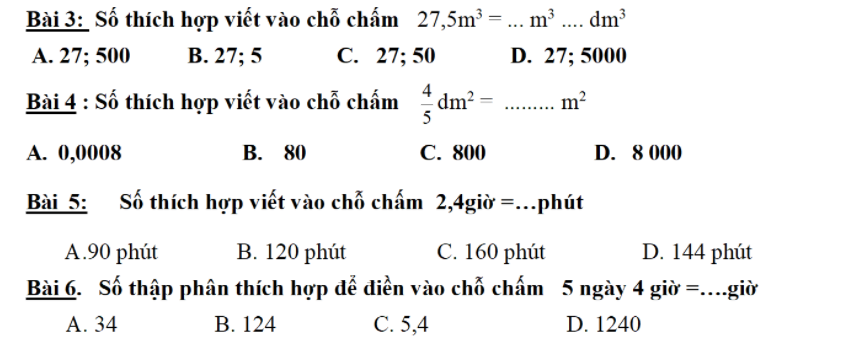
giúp mình với, mình cần gấp.
giúp mình với mình cần gấp

giải giúp mình phần b với
ai nhanh mình tk
Sai nha bạn
TL:
Sai nhé bạn
Bạn k cho mik cái đi nhé
@@@@@@@@@@@@@@@@@
HT
Sai nha
#Bonnie @Ngân Hà
Giúp mình với mình với mình đang cần gấp ạ 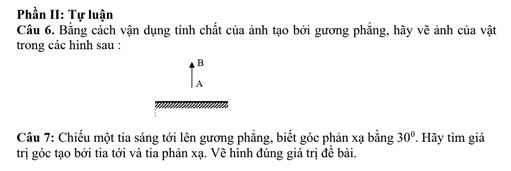
giúp mình với mình đang cần gấp. giải ra giúp mình nha

a) \(\dfrac{3}{4}+\dfrac{9}{5}\div\dfrac{3}{2}-1=\dfrac{3}{4}+\dfrac{18}{15}-1=\dfrac{39}{20}-1=\dfrac{19}{20}\)
b) \(\dfrac{6}{7}\cdot\dfrac{8}{13}+\dfrac{6}{13}\cdot\dfrac{9}{7}-\dfrac{4}{13}\cdot\dfrac{6}{7}=\dfrac{48}{91}+\dfrac{54}{91}-\dfrac{24}{91}=\dfrac{48+51-24}{91}=\dfrac{78}{91}=\dfrac{6}{7}\)
c) \(\dfrac{-3}{7}+\left(\dfrac{3}{-7}-\dfrac{3}{-5}\right)\)\(=\dfrac{-3}{7}+\left(\dfrac{-3}{7}-\dfrac{-3}{5}\right)=\dfrac{-3}{7}+\dfrac{6}{35}=-\dfrac{9}{35}\)
Các giúp mình với mình cảm ơn các bạn giúp mình nhưng mình cần gấp rút lắm luôn mong các bạn giúp mình với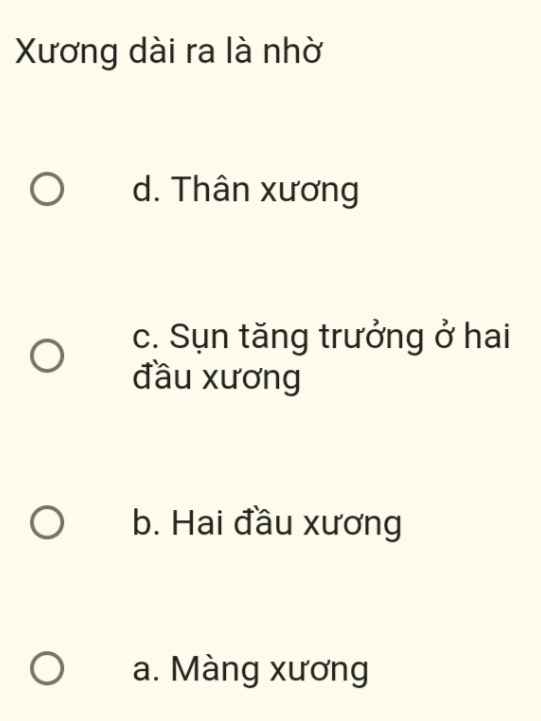
 giúp mình với mình cần gấp và mình cần lời giải bài này
giúp mình với mình cần gấp và mình cần lời giải bài này
GẤP, GẤP, GẤP, MÌNH ĐANG CẦN GẤP LẮM, LÀM ƠN GIÚP MÌNH VỚI
a: Xét tứ giác AEHF có
\(\widehat{AEH}=\widehat{AFH}=\widehat{FAE}=90^0\)
Do đó: AEHF là hình chữ nhật
giúp mình với mình đang cần gấp : sắp xếp câu tiếng anh :she ; she's;a;are;making;papper boat;
giúp mình với nha ! mình đang cần gấp
CẢM ƠN
ờ...tớ ko nhầm thì thừa are
nếu bỏ are thì she's making a papper boat
Bỏ are, she's making a paper boat
có 2 từ She
Giúp mình với mình đang cần gấp mong mn làm giúp mình ạ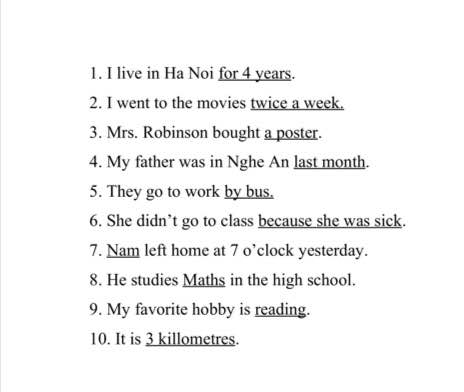
1 How long do you live in HN
2 How often did you go to the movies
3 What did Mrs Robinson buy
4 When was your father in Nghe An
5 How do they go to school
6 Why didn't she go to class
7 Who left home at 7o'clock yesterday
8 What subject does he study in the high school
9 What is your favorite hobby
10 How far is it

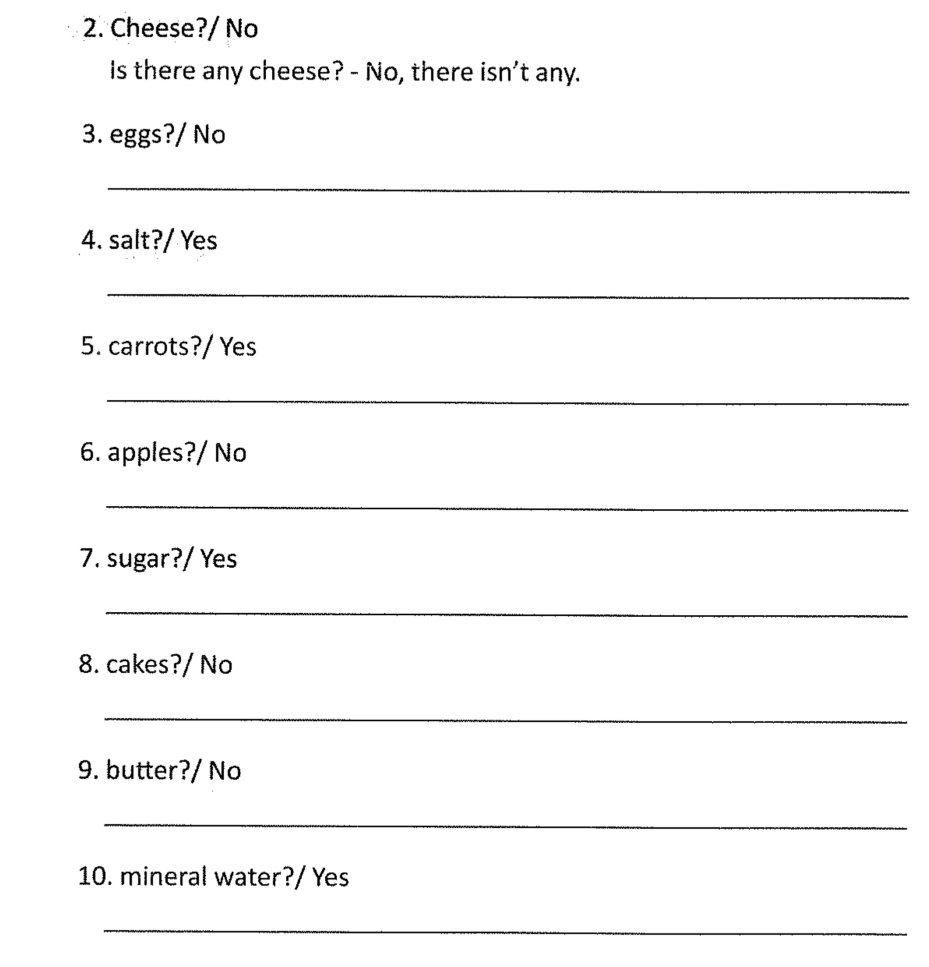 Các bạn giúp mình với mình đang cần rất gấp, giúp mình nha!!!!!!!!!
Các bạn giúp mình với mình đang cần rất gấp, giúp mình nha!!!!!!!!!
3. are there any eggs?-No, there aren't some
4.is there any salt?- yes, there is any
5.are there any carrots?-yes, there are some
6.are there any apples?-no there aren't some
7.is there any suger?-yes, there is any
8.are there any cakes?-no there aren't some
9.is there any butter?-no. there isn't any
10. is there any mineral water?- yes. there is any
Giải giúp mình gấp câu b, c với. Mình đang cần gấp. Mình cảm ơn.
b: Gọi giao của AH với BC là F
=>AH vuông góc BC tại F
góic CHI=góc AHD=90 độ-góc HAD=góc ABC=1/2*sđ cung AC
góc CIH=1/2*sđ cung CA
=>góc CHI=góc CIH
=>ΔCHI cân tại C
c:
góc BDC=góc BEC=90 độ
=>BDEC nội tiếp đường tròn đường kính BC
=>MD=ME
=>ΔMDE cân tại M
mà MN là trung tuyến
nên MN vuông góc DE
Kẻ tiếp tuyến Ax của (O)
=>góc xAC=góc ABC
=>góc xAC=góc AED
=>Ax//DE
=>DE vuông góc OA
=>MN//AO